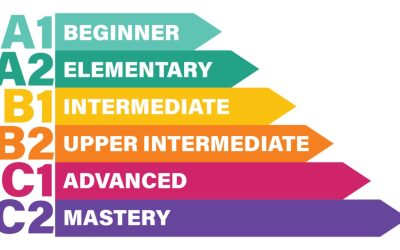Do You Need a Certified Translation? Don’t Worry—Here’s Everything You Need to Know
Throughout life, whether for personal, educational, professional, business, administrative, registration, banking, or other reasons, you may be required to provide a certified, sworn, or official translation. Most people are unaware of what a certified translation is, when it is required, what format it should have, what requirements an original document must meet to be translated, how to find a certified translator, and, finally, the importance of legalizing a translation.
This article aims to provide all the necessary information to make translating a public document simple and hassle-free for the client.
1. What Is a Certified or Official Translation?
A certified or official translation is a translation of a document performed by a licensed professional translator who has the proper accreditation to sign and seal the document. The translator must be a member of an official body, such as a Translator’s Association or Board of Translators.
2. When Is a Certified or Official Translation Required?
A certified or official translation is required when a document must be submitted to a public or private institution, including educational institutions, government agencies, consulates, immigration offices, banks, or any other entity that requires a certified translator to verify and certify the content of the document.
3. What Format Does a Certified or Official Translation Have?
The format of this type of translation follows the requirements of the Translator’s Association or Board to which the certified professional belongs. In our case, the translated document does not retain the original format but instead provides a detailed description of everything visible on each page, including text, signatures, seals, footnotes, logos, references, headings, watermarks, tables, and graphics.
Additionally, it follows specific font type, font size, line spacing, and includes a closing statement certifying the languages of the translation, the translator’s personal information, the association or board they belong to, and the place and date of the document. The original document is then attached to the translation, and the translator proceeds to sign and seal it.
It is important to note that there are two valid formats: one in physical form with a handwritten signature and seal, and another with a digital signature—both equally valid.
4. What Requirements Must an Original Document Meet to Be Translated?
If working with a paper document, the original document must be presented whenever possible. If the original is unavailable, a certified copy notarized by a public notary must be provided.
If the document is intended for use abroad, it is crucial to check whether it must first be authenticated with an Apostille of The Hague before translation. This procedure is carried out in the country where the document was issued. For example, if the document was issued in Argentina, it must be apostilled in Argentina; if it was issued in Canada, it must be apostilled in Canada.
In some cases, both the original document and the translation must be apostilled—this is known as a double apostille. Due to the bureaucracy and costs of certain procedures, we recommend that our clients verify the specific requirements before requesting a translation.
5. How Can You Find a Certified Translator?
Countries with institutions that regulate and oversee translators’ work usually maintain publicly accessible lists of certified professionals. Simply check the list and contact a professional.
6. Why Is Legalizing a Translation Important?
Legalization is a step that must be completed after the translation. This process, which can be done in person or digitally, certifies the authenticity of the translator’s signature and confirms that the translation meets the required formalities.
If the translation is properly executed, the document can be legalized. Legalization is necessary when a document must be submitted to authorities or entities that require this additional step.
A certified, sworn, or official translation can only be performed by a licensed professional who understands the format, procedures, and requirements of the document being translated. Such a professional can also provide guidance on content, legal aspects, and validity.
That said, if you need an Official Certified Translation, don’t hesitate to contact us.


